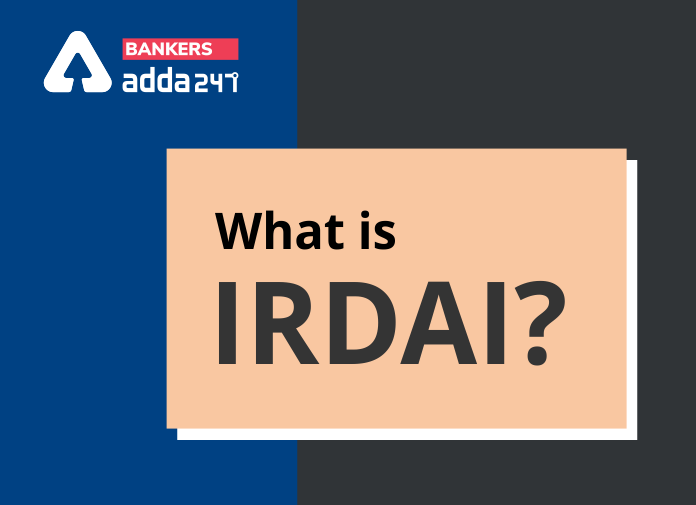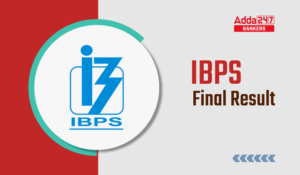Table of Contents
The Insurance Regulatory and Development Authority of India (IRDAI) is an autonomous, statutory body that regulates and promote the insurance and re-insurance industries in India. IRDAI came into being by the Insurance Regulatory and Development Authority Act, 1999, an Act of Parliament passed by the Government of India. Earlier, Its headquarter was in Delhi, which was later moved to Hyderabad, Telangana, in 2001. Chairman along with five full-time and four part-time members constitute 10-member body.
| List of Current Governors in India 2020 – Check Updated Indian Governors of states And UTs | What Is The Lead Bank Scheme in India? | List Of Bank Holidays In Uttar Pradesh in 2020 |
History
India is a country that has insurance deeply into its root since a very long time. Inscriptions like (Manusmrithi), Yagnavalkya ( Dharmasastra ) and Kautilya (Arthasastra) have clear mention of insurance. The resources were pooled so that they could be re-distributed in times of calamities such as fire, floods, epidemics and famine. There are so many traces of insurance in the form of marine trade loans and carriers contracts. Over the time, Insurance in India has evolved heavily drawing from other countries, England in particular.
It was in 1818, the life insurance business in India saw an advent with the establishment of the Oriental Life Insurance Company in Calcutta but the company was doomed in 1834. Madras Equitable, in 1829, begun to trace life insurance business in the Madras Presidency. The last three decades of the 19th century, the Bombay Mutual (1871), Oriental (1874) and Empire of India (1897) were started in the Bombay Residency. This time was majorly dominated by foreign insurance offices which did good business in India, namely Albert Life Insurance Offices, Royal Insurance, Liverpool and London Globe Insurance and the Indian offices were up for hard competition from the foreign companies. It was Life Assurance Company Act 1912, first statutory measure to regulate life business.
In 1928, the Indian Insurance companies act was come into force in order to enable the Government to collect statistical information about both life and non-life business transacted in India by Indian and foreign insurers including provident insurance societies. Later on after a lot of ups and downs in insurance sector establishment and nationalization, the recommendations of the Malhotra Committee report, in 1999, The IRDAI was constituted as an autonomous body to regulate and develop insurance industry. In 2000, the IRDAI was incorporated as a statutory body.
Current Affairs: For All Banking Exams
Structure of IRDAI
The structure of IRDAI consist of a Chairman, five full-time and four part-time-members appointed by the Government of India. The composition of the Section 4 of the IRDAI Act 1999 specifies it’s composition. Currently, Dr. Subhash C. Khuntia is the chairman.
Best Books For Banking Exams
Functions of IRDAI
Given below are some of the functions of IRDAI:
- The function of IRDA is the Issuing, renewing, modifying, withdrawing, suspending or canceling registrations
- The protection of policyholder interests
- It is the role of IRDA that Specify qualifications, the code of conduct and training for intermediaries and agents
- It is the role of IRDA to specify the code of conduct for surveyors and loss assessors
- It’s function is also to promote the efficiency in the conduct of insurance businesses
For more interesting and informative articles, Stay tunes to bankerdadda!
Click Here to Register for Bank Exams 2020 Preparation Material
Visit Achieversadda.com and participate in discussions with other aspirants and achievers. Get answers to your queries and connect with others on Achieversadda.com
| SBI PO 2020 | IBPS PO 2020 | SBI Clerk 2020 | IBPS Clerk 2020 |
| RBI Grade B 2020 | RBI Assistant 2020 | LIC AAO & AE | SEBI Grade A 2020 |




 IBPS Final Result 2025 Coming Out Tomorr...
IBPS Final Result 2025 Coming Out Tomorr...
 Simple Tips to Avoid Common Mistakes In ...
Simple Tips to Avoid Common Mistakes In ...
 Important Topics & Shortcuts for IDB...
Important Topics & Shortcuts for IDB...


